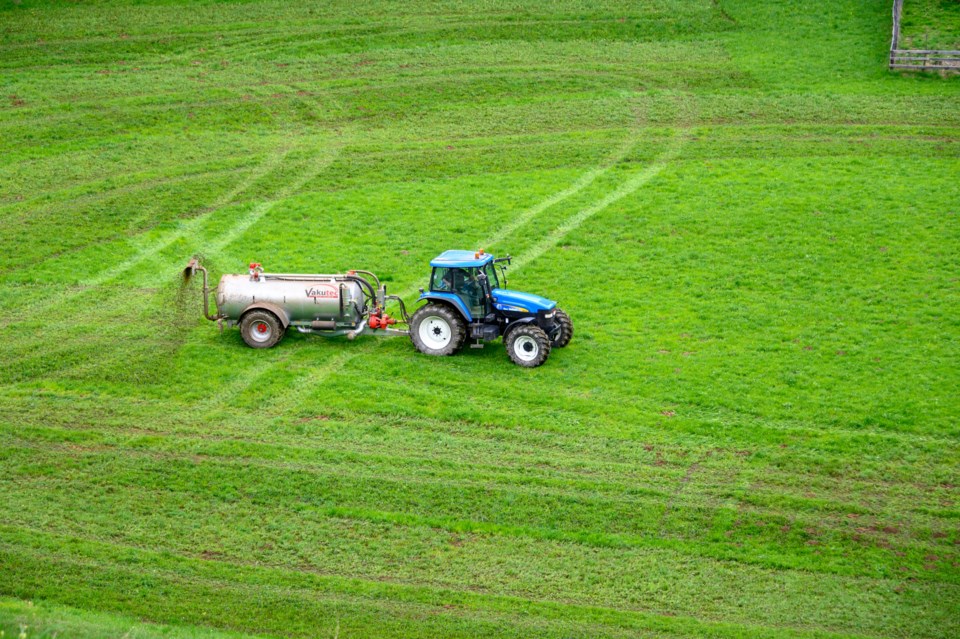A hybrid catalyst made of zinc and copper is being proposed for transforming carbon dioxide and waste nitrogen and, thus, denitrifying wastewater from fertilizer production while enabling low-carbon-intensity urea generation.
“It’s estimated that synthetic nitrogen fertilizer supports half of the global population,” Ted Sargent, corresponding author of the paper that presents the new solution, said. “A chief priority of decarbonization efforts is to increase quality of life on earth, while simultaneously decreasing society’s net CO2 intensity. Figuring out how to use renewable electricity to power chemical processes is a big opportunity on this score.”
Sargent pointed out that in his field, many researchers have developed alternate routes to make ammonia, a precursor to many fertilizers, but few have looked at urea, which is a shippable, ready-to-use fertilizer representing a $100 billion industry. The team said the research stemmed from asking the question “Can we use waste nitrogen sources, captured CO2, and electricity to create urea?”
Yuting Luo, the paper’s first author, a post-doctoral fellow in the Sargent Group, said that a deep dive into historical references helped identify what would become their “magic” hybrid catalyst.
Typically, chemists use alloys or more complicated materials to trigger reactions, limiting them to favour a single reaction step at a time. “It’s quite uncommon to put two catalysts together that cooperate in a relay mode,” Luo said. “The catalyst is the real magic here.”
The idea of combining two elements came from references dating back to the 1970s. Such texts implied that pure metals—like zinc and copper—can be useful in processes involving carbon dioxide and nitrogen conversion.
These preliminary experiments, which the Sargent lab went on to replicate, converted relatively little of the initial ingredients into the desired product, that is, about a 20-30% conversion efficiency to urea.
The team also conducted a thorough life-cycle analysis, including each energy input and output in various scenarios.
“Using an average US grid, the energy emissions are about the same,” co-author Chayse Lavallais said. “But when you go to renewable sources, several factors lower energy emissions, including CO2 sequestration and carbon credits stored in end-use polymers. In a water treatment facility, if it adds emissions or energy, they’re not encouraged to use the technology. We saw this doesn’t impact the daily operational costs significantly, and there’s potential to sell the product.”
They found the conversion efficiency would need to reach 70% to be practical.
Happy accident
The researchers ultimately reached their target starting with a simple mistake. Their hypothesis was solid—a layer of zinc on copper would result in better performance. But initially, they weren’t finding that at all because they were applying the layer of zinc too thick and using a one-to-one ratio of zinc to copper, resulting in the material behaving as if it was only interacting with zinc.
At one point, someone added less binder than was typical to the mix and some zinc washed away, and the experiment worked well. The team then tuned the metals accordingly and determined a ratio of one part zinc to 20 parts copper, resulting in optimal performance.
The Sargent group also applied a computational lens to uncover why copper and zinc worked so well together, and why it seemed there needed to be synergy between the two reactions. Because it’s impossible to capture these reactions visually—they happen at the scale of nanoseconds—one must calculate them and determine how electrons move across a reaction.
This process had two distinct sections. First, the carbon must interact with zinc, as a reaction with copper produces a weak reaction. In the second stage, the opposite is true—nitrogen and copper create an efficient reaction, while zinc does very little.
The researchers noted that there is a way to go before the process can be commercialized. Primarily, the reaction as it stands does not account for impurities found in a water treatment context. They also hope to increase the amount of time their process can operate.


